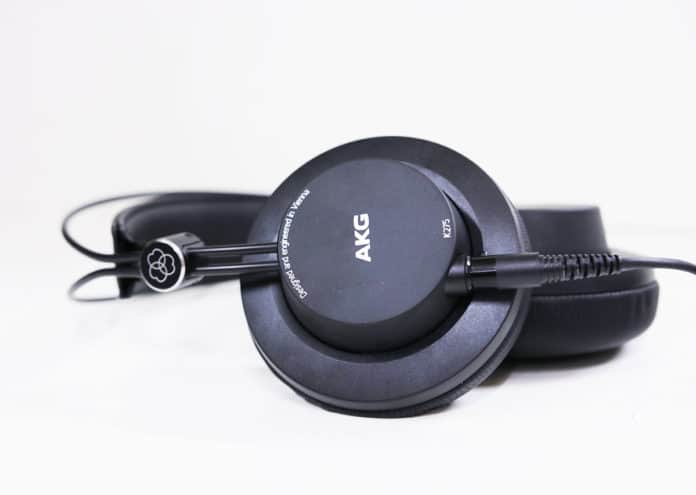AKG recently sent me two of their newest products to review, and this one is a keeper! With a neutral sound, AKG says it is good for audio professionals, as well as audiophiles who like a neutral sound signature. But how good are they really, and are they worth the $169 price tag? Let’s take a closer look with this AKG K275 review.
AKG K275 Review
In the Box
-AKG K275 headphones
-detachable mini XLR cable with 3.5 mm connector
-3.5 mm to 6.35 mm connector
-protective drawstring pouch
-documentation
Design
Look and Feel
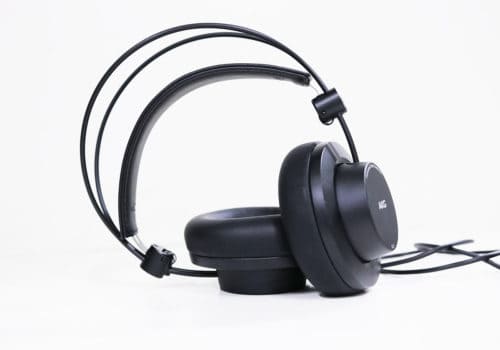
The AKG K275 has a clean and professional look. With a matte black finish and small AKG logos in white, it has a mature simplicity to it. However, the headband features a two-tiered design which sort of gives it a little bit of a retro look as well. Additionally, the headphones feel strong and durable in my hands. The headband, earcups and hinges (used to fold the headphones) are all made of metal. As a result, they are built to last, and were put through rigorous testing to ensure their security.
Comfort and Fit
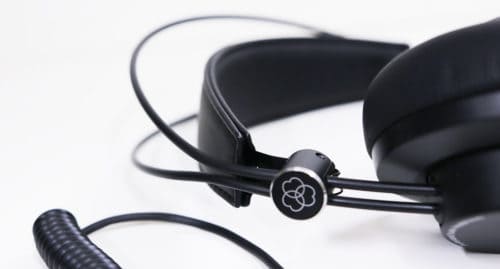
The AKG K275 sat comfortably on my head. Its headband reached completely across my head, providing even weight distribution and support. Its clamping force felt natural, with a not-too-much, not-too-little feel to it. Additionally, the earpads are made of memory foam and are coated in a soft pleather material. As someone with a relatively small head, the headphones fit just right in their smallest position for me, with a lot more room for extension for those with bigger heads. However, it is worth noting their size if you have a particularly extra small head, because you might find they’re a little bit big for you.
Drivers
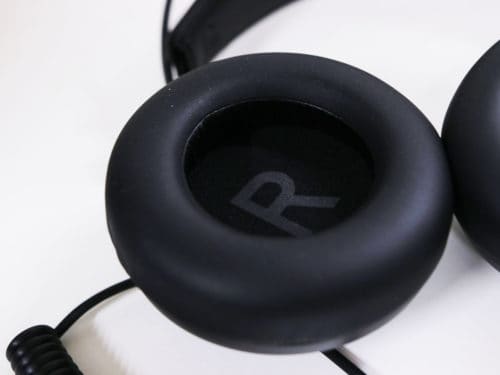
The AKG K275 features AKG’s signature 50 mm drivers. AKG claims these drivers are built to contribute to the bass response, providing a good sense of low frequency extension.
Cable

The AKG K275 comes with a detachable 3 m curly cable. It attaches to the left earcup via a mini XLR connector and terminates to a 3.5 mm connector. The cable is slightly bulky, but ultimately feels extremely well made and durable.
Sound
Low Frequencies
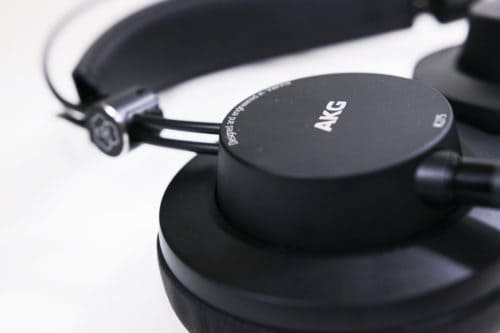
The low frequencies of the AKG K275 feel full, even, and harmonically complex. As a result, they come through with a feeling of realism, yet maintain punchiness. Additionally, they have plenty of sub information which helps to give them a sense of extension. However, this sub information isn’t overpowering, and rather just feels like a small accent as opposed to a boost.
For example, when I was listening to the song Good Life by Sammy Rae, the kick drum felt punchy and full. It had a good sense of extension, which helped to separate it from the bass guitar above it and the big toms to the side. Additionally, even though these dynamic drivers aren’t particularly fast sounding, I could hear the length of the kick well, and its harmonic overtones.
Middle Frequencies
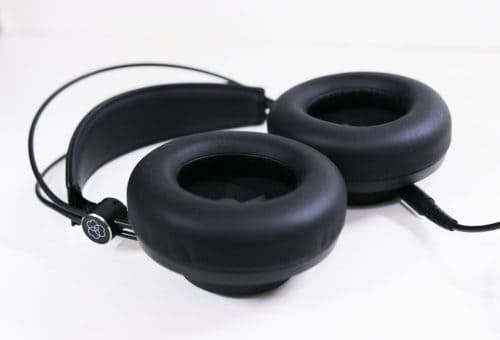
The middle frequencies of the AKG K275, like its low frequencies, feel full and even, providing realism and neutrality. All instruments seem to sit appropriately in the mix, without any major emphasis anywhere. However, I did notice a slight boost around 2 kHz followed by a small cut around 3 kHz. This provided a slight extra amount of presence, that then resets its mix level to maintain clarity and balance.
For example, when I was listening to the song Slow Burn by Kacey Musgraves, the bass guitar in the low-mids felt full and even. All of its notes sat appropriately in the mix level-wise, and created a strong foundation for the rest of the mix. Additionally, the acoustic guitar, banjo, synths, strings and vocals all felt harmonically complex and realistic. I could hear the reverbs of each clearly, providing an emotionally impactful image of the sound. However, the acoustic guitar, vocals, and banjo had a slight bit of extra presence, helping to define attacks and contribute to articulation.
High Frequencies

The high frequencies of the AKG K275 were harmonically complex, yet a little bit light in the mix level wise. A wide cut around 7 kHz made cymbal attacks, piano hammers, and horn stabs slightly softened. However, a boost at 8 kHz brought out their textures and helped bring back definition. Lastly, a boost between 10-11 kHz provided a good sense of lift to mixes as a whole. It brought forward an audible breathiness and air to vocals, and gave a good sense of directionality to high-frequency-rich instruments.
For example, when I was listening to the song 1919 by Terri Lyne Carrington, the cymbals sounded harmonically complex and full, however leaned slightly toward the higher highs. Their attacks, along with the piano hammer attacks felt slightly rounder than normal. However, the cymbals maintained their individuality with harmonic complexity and a sense of realism. Additionally, the texture of the snare brushes felt clear with a slight sense of emphasis. Lastly, the snare brushes and cymbals both had a sense of lift and space which helped to define them and separate them from the piano hammers and upright bass.
Soundstage
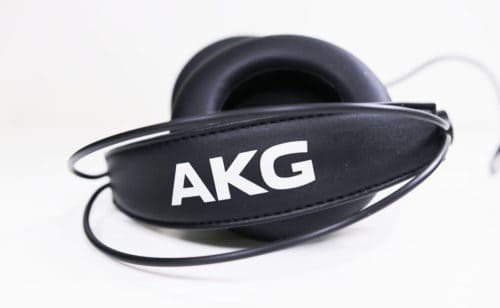
The soundstage of the AKG K275 has a strong phantom center, which has a sort of gravitational pull toward it. Wide flares come through, but many other instruments feel ultimately pulled in toward the center. Additionally, the sense of height has good separation and differentiation. The subs of kicks, sub synths, and basses contrast strongly from the airiness of the highs of cymbals, percussion, and vocals. Lastly, the sense of depth is well done, although not particularly dramatic or extended. Rather, room mics and reverbs come through clearly, contributing to the sense of space. However, additionally, because of the little extra emphasis in presence, the intimate instruments have a slightly emphasized sense of closeness, contrasting from instruments placed further back in space.
For example, when I was listening to the song Sweet Spot by Kim Petras, the bass synth, kick, and vocal held all the other wider synths within its foundation. As a result, the song came across with a feeling of strength and stability, even though it had a lot of moving, wide synth parts and background vocals. Additionally, the lowness of the sub synth contrasted strongly from the brightness of the vocals and brighter synths. In between, thick midrange synths filled in the gaps along with the time-based effects of the vocals. Lasty, the intimacy of the vocal contrasted strongly from the filtered background vocals, the darker pulsating synths, and the hand claps. And while there wasn’t dramatic differentiation, reverbs provided particular spaces for each instrument, which gave them their own place.
Overview
Overall, the AKG K275 is a great option for professionals or audiophiles with an affinity for neutral sound signatures on the go! The folding design, combined with the efficiency of the headphones makes these a great option for those that need realistic sound, even without access to an amplifier.
The AKG K275 is available for the best price through AKG.
MajorHiFi may receive commission for retail sales.
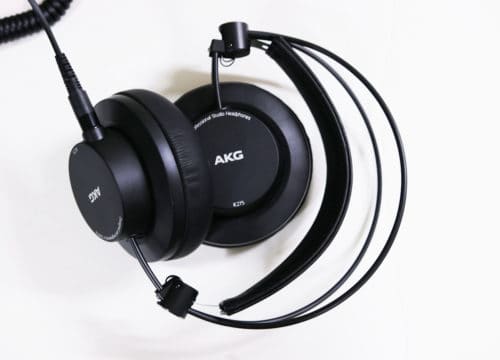
MAJORHIFI may receive commissions from retail offers.


